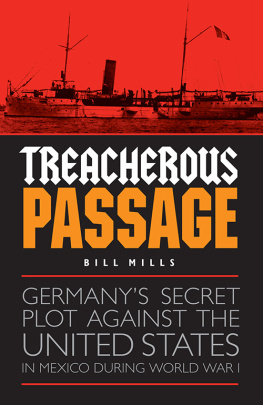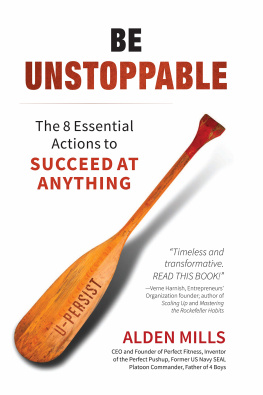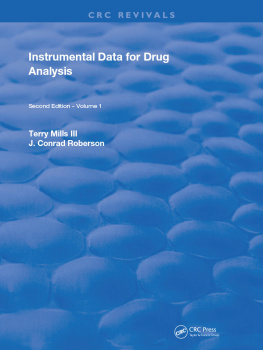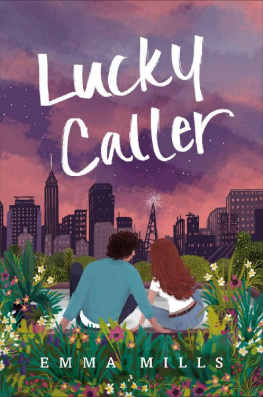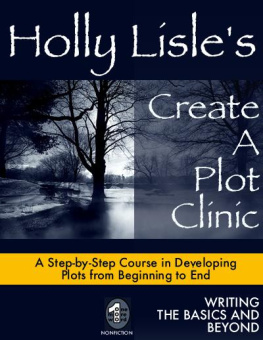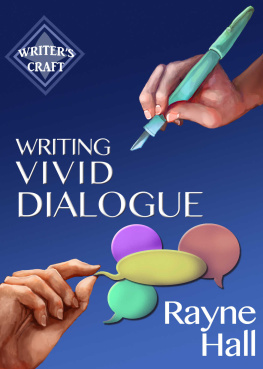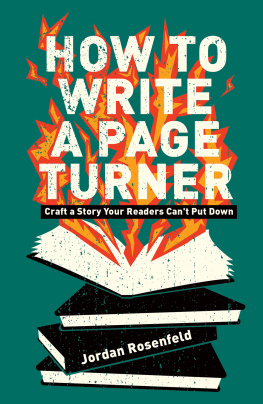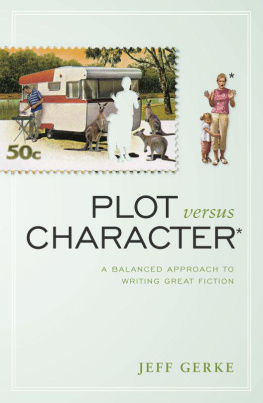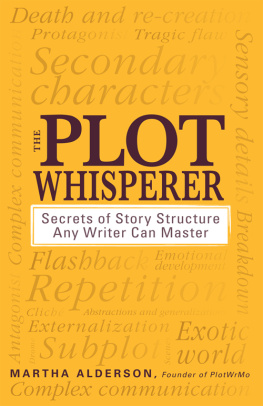
DiAnn Mills
The Survivor
The Chase
Attracted to Fire
Under a Desert Sky
Pursuit of Justice
Sworn to Protect
Breach of Trust
DiAnn Mills
Bold Vision Books
P. O. Box 2011
Friendswood, Texas 77549
Copyright 2013 DiAnn Mills
Library of Congress Control Number: 2013937266
ISBN: 978-0-98-53563-7-8
All rights reserved. No part of this publication may be reproduced, stored in a retrieval system, or transmitted in any form or by any meanselectronic, mechanical, photocopy, recording, or any otherexcept for brief quotations in printed reviews, without the prior permission of the publisher. Requests for information or permissions should be addressed to Bold Vision Books, PO Box 2011, Friendswood, Texas 77549
The Dance of Character and Plot
DiAnn Mills
Copyright 2013 DiAnn Mills
Smashwords Edition
ISBN: 978-0-98-53563-7-8
Jerry B. Jenkins
and
The Craftsman Students of the Christian Writers Guild
Acknowledgments
Lynette Eason
Julie Garmon
Dr. Dennis E. Hensley
Dean Mills
Andy Scheer
Introduction
I feel a thousand voices whispering to meauthors who touched me with their mastery of language and beauty; authors who taught me to imagine and dream; authors who taught me to create my own stories; and authors who inspired me to never settle for mediocrity. Ive tried to pour their wisdom into these pages.
A voice in the back of my mind warns me about claiming any of their teachings as my own. Im probably guilty. Ive memorized so much from them, their gems have become a part of who I am. For their willingness to teach writers fro m the ground up, I am thankful.
Some teachers of fiction believe the novel is all about plotthat out of plot comes a character who has what it takes to reach a goal. Others, like me, have a passion for character. We believe that plot emerges from a character with certain wants, needs, strengths, weaknesses, and flaws.
For me, writing is an adventure, an exploration of what my character will do to accomplish a goal. I want to know these characters as close friends, to laugh, cry, and share the events of their lives.
From this philosophy blossoms The Dance of Character and Plot .
Let the dance begin.
Definitions
Antagonist - The character in story who opposes the protagonists goals and viewpoint.
Backstory - The POV characters experiences that happened before chapter one, line one, that formed the characters personality an d motivation in the story.
Character - A fictional person in story who is unique, compelling, and has physical and moral obstacles to overcome.
Character Arc - How a character changes and grows in the process of achieving a goal or solving a problem.
Dance - In the context of fiction, dance is the twists and turns of plot as the character endeavors to achieve a goal or solve a problem.
Doorway - The point in story where the protagonist chooses to step through a threshold in which there is no turning back.
Emotive - Highly emotional; capable of producing intense feelings.
Emotive Conflict - The characters emotions in conflict with what is happening in the story.
Exposition - Those items in narrative that the author includes to reveal information and description but does not move the story along.
Framing - Metaphorically to put a frame around a character, in which the story happenings reveal who the character is; a device to show rather than tell.
Internal Dialogue - The inner thoughts of a point of view character.
Motivation - That which propels a character into action.
Narrative summary - Summarization of what happened off-stage but is vital information for the reader.
Pace - The writers ability to speed up action or slow it down to keep the reader engaged in story according to genre.
Plot - The story line. It is what a writers story is about.
POV - Point of view refers to the character who is experiencing the scene with sensory perception. Writers are instructed to write the scene in the POV character who has the most to lose.
Premise - The why a writer is creating story. What is the moral truth to be explored?
Protagonist - The main character of a story who has a worthy goal.
Scene - The action portion of story, usually in dialogue, in which the POV character strives to achieve a goal, experiences conflict, and concludes with high stakes.
Sequel - The narrative portion following a scene with high stakes that contains a characters reaction, dilemma, and decision (to embark upon a goal).
Setting - Where a story takes place. It includes the where and when to introduce a psychological effect on the character.
Show dont tell - Allowing the reader to take part in the story progression with action instead of relaying what happened.
Style - The writers unique way of presenting story.
Subtexting - Refers to the technique used in dialogue when a character says one thing but means something else.
Symbol - An item, usually tangible, that means something totally different through the eyes of the character.
Symbolism - The use of an item, usually tangible, to represent a particular meaning with emotive value.
Theme - The takeaway value of the story: how the story relates to the readers life.
Villain - The character in story who opposes the protagonist; the bad guy who will stop at nothing to stop the protagonist. Every villain is an antagonist, but not every antagonist is a vil lain.
Voice - How a point of view character expresses herself in dialogue and inner dialogue.
Chapter 1 - The Beauty of Dance
To write is to feel the dance of your soul swirling in a dream that drips imagination onto paper.
DiAnn Mills
Rhythm, grace, and beauty describe a dance where two people move to music as though they were one. With perfect fluid motion, they sway and whirl, bend and liftand we observe in awe. Simply by watching the couple express the joy of their unique gift, we are entertained, inspired, and encouraged to be better people.
Such is the art of writing a novel. The dance of character and plot blends unique steps that carry the reader away. The choreography varies with the genre, mood, and setting, as we will explore in the pages to come.
For the writer, this book will challenge you to reach your novel-writing goals, to learn the art of fiction, and apply those principles to your writing project. As a dancer must stretch before the music begins, the writer must stretch her mind to embrace the techniques of a master storyteller.
Stretching requires determination.
Stretching requires practice and application.
Stretching requires scheduled time to study and write.
Stretching requires discipline and commitment.
Stretching requires writing when you dont feel like it.
Stretching requires completing the exercises in these chapters.
Stretching means you are on your way to success.
Ive chosen an easy-to-understand method, using simple format and language. The stretching portion at the end of each chapter will help you apply new techniques to your novel. Learning these fiction skills is not difficult. Neither is the art a mystery, but it does take commitment to study and apply each chapters information.
Our collaboration begins with this chapter and continues long after The Dance of Character and Plot concludes. For the new writer, the contents will help establish good habitswhile adding new steps to your craft. For the seasoned writer, the reminders will help you tighten your manuscript. Writing quality fiction means a lifetime of learning and challenging ourselves. We must be limber, flexible, and open to changewhile deeply appreciating what makes humans behave the way we do.
Next page

